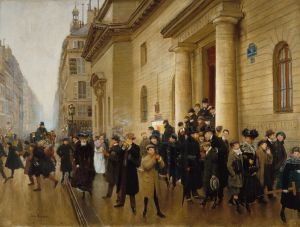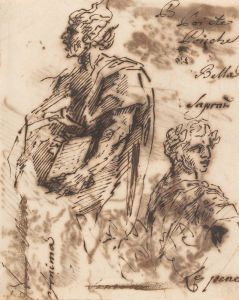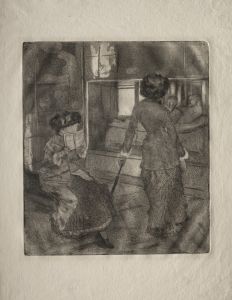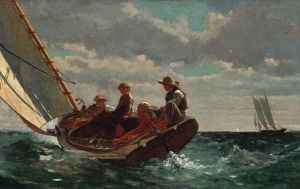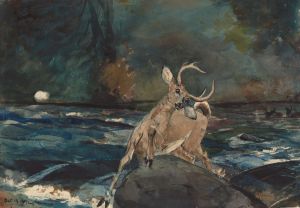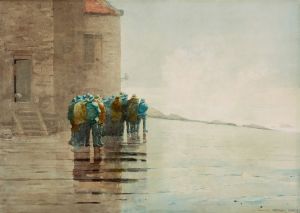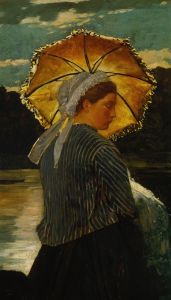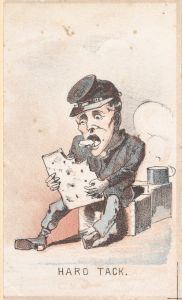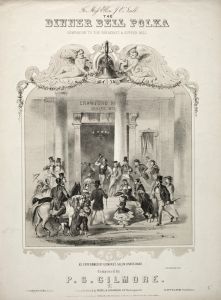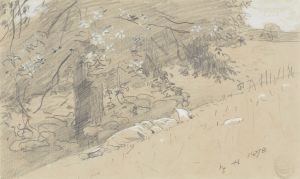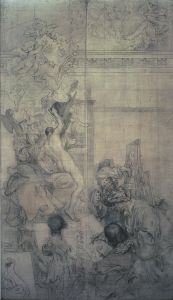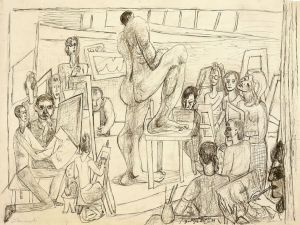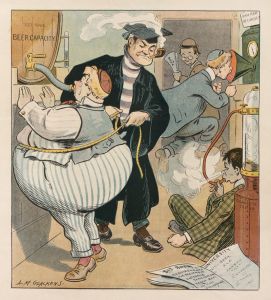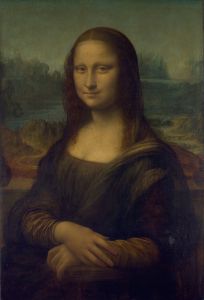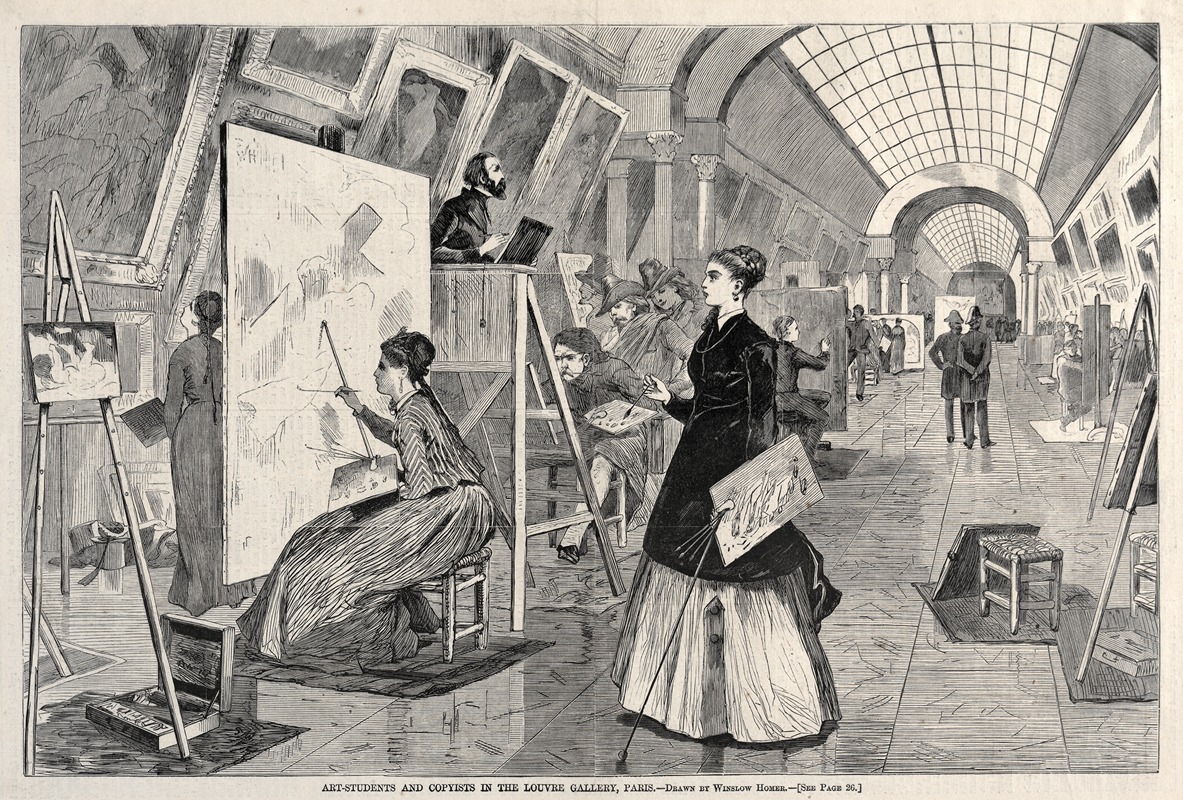
Art Students and Copyists in the Louvre Gallery, Paris
A hand-painted replica of Winslow Homer’s masterpiece Art Students and Copyists in the Louvre Gallery, Paris, meticulously crafted by professional artists to capture the true essence of the original. Each piece is created with museum-quality canvas and rare mineral pigments, carefully painted by experienced artists with delicate brushstrokes and rich, layered colors to perfectly recreate the texture of the original artwork. Unlike machine-printed reproductions, this hand-painted version brings the painting to life, infused with the artist’s emotions and skill in every stroke. Whether for personal collection or home decoration, it instantly elevates the artistic atmosphere of any space.
"Art Students and Copyists in the Louvre Gallery, Paris" is a painting by the American artist Winslow Homer, created in 1868. This work is a notable example of Homer's early career and reflects his experiences and observations during his time in Europe. Winslow Homer, primarily known for his landscape and marine subjects, was an influential figure in American art, and his works are celebrated for their dynamic compositions and keen observations of everyday life.
The painting depicts a scene within the Louvre Museum in Paris, one of the most prestigious art museums in the world. During the 19th century, the Louvre was not only a repository of art but also a vibrant center for artists and students who came to study and copy the masterpieces housed within its walls. This practice was a common method for art students to develop their skills and gain a deeper understanding of the techniques used by the old masters.
In "Art Students and Copyists in the Louvre Gallery, Paris," Homer captures a moment in this bustling environment. The composition includes several figures, presumably art students and copyists, who are engaged in the act of copying paintings. These figures are depicted with a sense of realism and attention to detail, characteristic of Homer's style. The painting provides insight into the educational practices of the time and highlights the importance of copying as a learning tool for aspiring artists.
Homer's time in Paris was part of a broader trend among American artists who traveled to Europe to study art. This period was crucial for Homer as it exposed him to European artistic traditions and techniques, which influenced his subsequent work. Although Homer is often associated with American themes and subjects, his European sojourn enriched his artistic vocabulary and contributed to his development as a painter.
The painting is executed in oil on canvas, a medium that Homer used frequently throughout his career. His handling of light and shadow in this work demonstrates his growing mastery of the medium. The Louvre's grand galleries, with their high ceilings and expansive spaces, are suggested through the composition, though the focus remains on the individuals within the scene.
"Art Students and Copyists in the Louvre Gallery, Paris" is part of the collection of the Fogg Museum at Harvard University. The painting is an important piece within Homer's oeuvre, offering a glimpse into his early artistic influences and the cultural milieu of 19th-century Paris. It stands as a testament to the enduring tradition of artistic education and the role of museums as spaces for learning and inspiration.
Overall, this painting not only reflects Homer's personal artistic journey but also serves as a historical document of the practices and environments that shaped the development of artists during this period.





